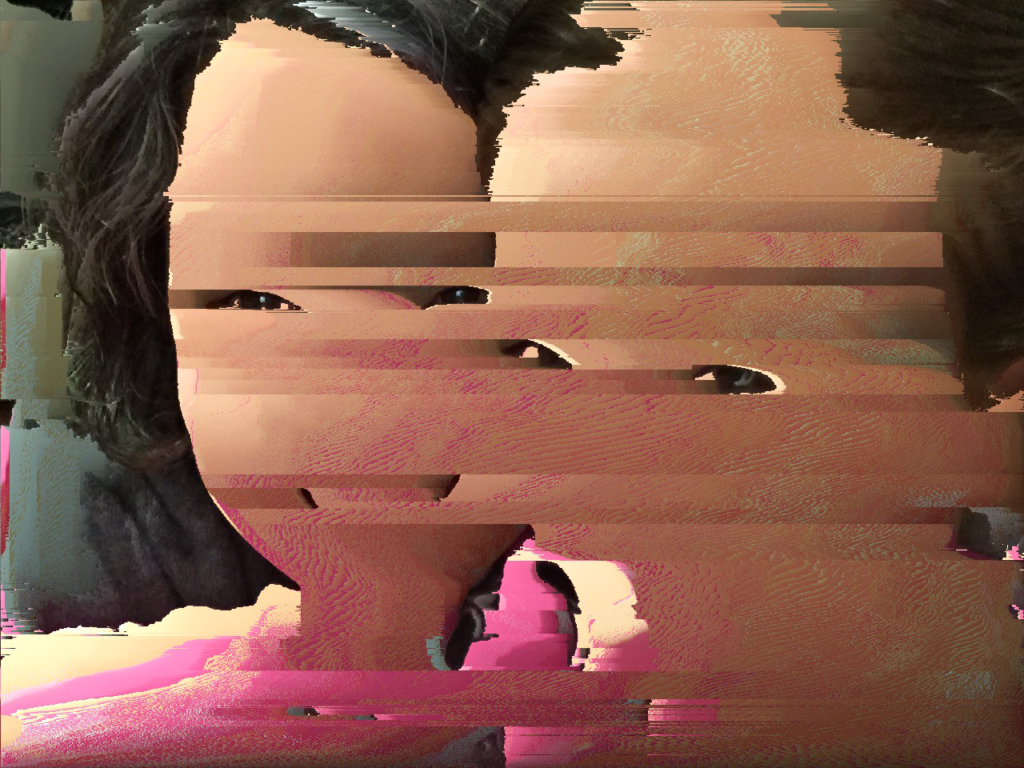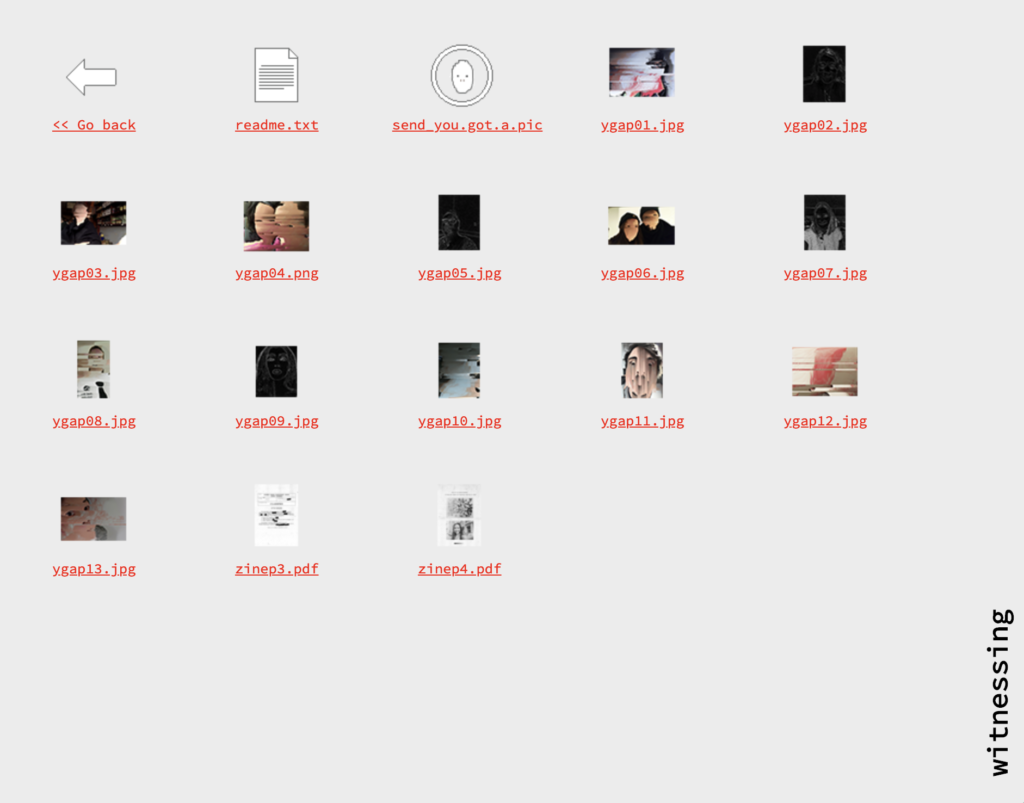



Background
you.got.a.pic? is an interactive web-based artwork that demonstrates how artificial systems perceive their users. The project was conceived of as part of Witnessing, a project that imagines the kinds relationships humans and machines would have with each other in a dystopian future 3000 years from now.
How it works
you.got.a.pic? communicates with human participants who send it selfies. Once received, the system responds by email with custom distorted images of what it “sees”. you.got.a.pic? re-renders the selfie images with “edge detection” or “pixel sorting”. These newly interpreted images are fundamental demonstrations of how computers today see and gives users insight into these basic forms of machine vision. An analog pixel sorting activity can also be found in the Witnessing zine.
The email response itself is a meditation on expectations of automation and immediacy as the system selects a time “sometime in the near future” to respond.
Outcomes
Virtual relationships, social media and selfies are central critiques of you.got.a.pic?. The system is simultaneously an electronic pen pal and a creative companion. you.got.a.pic? takes the user on an alternate path of technology history, one in which social media is remediated by email, the “selfie” collides with machine vision, and letter writing rivals the ubiquitous internet.
As one of the works in Witnessing, you.got.a.pic? was exhibited at the AVAH Gallery in 2017. Images emailed to you.got.a.pic? were displayed on a CRT monitor in real time at the gallery.
Both the lo-fi and digital editions of Witnessing have since been archived online and can be found in Immediacy an online journal from The New School’s School of Media Art.